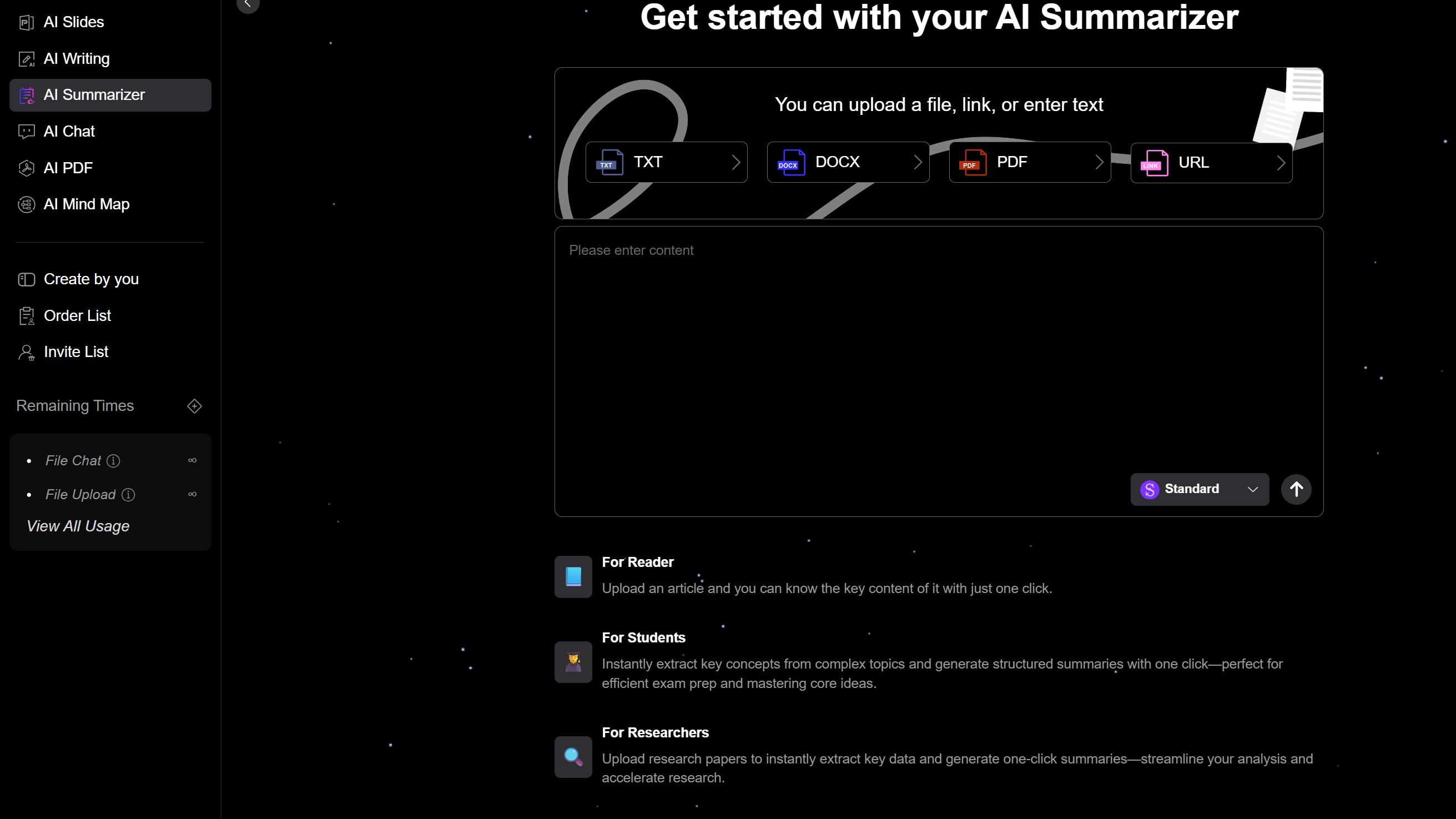
Sometimes, when faced with a large amount of information, we need to summarize it to quickly grasp the key content. Writing a summary also helps us deepen our understanding of the article. So, how to summarize an article? What should we pay attention to?
What Is An Article Summary?
It is a concise yet comprehensive overview of an article’s content, aiming to allow readers to quickly understand the core points, research purpose, methodology, main results, and conclusions of the article without reading the full text. It should act like a mirror, truthfully reflecting the full picture of the article, without adding subjective assumptions or personal emotions.
Why Summarize Articles?
1. Improves reading efficiency
In modern society, where information is overwhelming, many people lack sufficient time to read an article thoroughly. Through summaries, people can understand the main ideas of an article in a short time, quickly judge its value to themselves, and decide whether to read the full text.
2. Strengthens understanding and memory
The process of writing a summary is also a process of repeatedly understanding the original text. Creating a summary requires analyzing and refining the article, which demands that you gain a deep understanding of the content through careful reading. During this process, you will develop deeper insights and fresh perspectives on the original text while also reinforcing your memory of it.
3. Develops thinking skills
Summarizing articles requires readers to possess analytical, inductive, and summarizing abilities. By continually practicing summarization, you can enhance your logical and critical thinking skills, learning to extract valuable content from complex information and express it in concise, accurate language.
4. Facilitates information dissemination and communication
In academic, work, and other fields, there is often a need to share important information from articles with others. Summaries can present the core content of an article in a concise format, making communication and discussion more efficient.

Steps to Summarize An Article
▲ Read the Article
🎯 Read through the entire article once to understand its general content and core message.
🎯 Read it carefully several times to grasp the details and sub-points that support the main arguments. Mark that important information as you read—you can underline or highlight them in the text or jot them down in a separate document.
🎯 Read it once more to ensure no critical information is missed.
▲ Create an Outline
Use a mind map or other organizational tools to list the article’s main arguments, sub-points, supporting materials, conclusions, and other key information, forming a structured outline.
✨ Filter redundant information using the "5W1H" framework:
What: What is the core event/viewpoint?
Why: Why does the author propose this viewpoint? (context, purpose)
Who: Which characters or groups are involved? (e.g., researchers, corporations, workers)
When: Timeframe of the event (e.g., "product development cycle").
Where: The location or scene where the event occurs.
How: How is the argument developed? (methods of reasoning, steps)
This structured approach helps strip away non-essential details while preserving critical insights.
▲ Write the Summary
Convert the outline’s content into a summary using your own words. Ensure clarity and logical flow, and avoid adding personal opinions. The length of the summary will depend on the requirements or purpose, but it should generally be a fraction of the original article’s length.
▲ Review
After writing, check your summary to confirm it accurately and completely reflects the key content of the article. Also, ensure it does not contain any formatting issues or grammatical errors.
Key Considerations for Summarizing Articles
1. Content accuracy. The summary must remain faithful to the original text, accurately summarizing the article’s core content, main ideas, key viewpoints, and important facts, avoiding distorting or misinterpreting the original meaning.
2. Maintain objectivity. Stay objective and impartial during summarization. Do not include personal subjective evaluations, emotional biases, or additional opinions—only present the information explicitly stated in the article.
3. Concise language. Use clear and succinct language to condense the content. Avoid lengthy sentences, complex structures, and excessive modifiers to ensure brevity and clarity.
4. Logical clarity. Organize the summary in a logical order (e.g., following the article’s structure) to ensure coherence and systematic presentation.
Common Mistakes to Avoid in Your Article Abstract
❌ Including subjective assumptions:Adding personal evaluations, speculations, or viewpoints not grounded in the original text to the summary, which compromises its objectivity and accuracy.
❌ Disorganized logic: Poorly structured content in the summary with unclear logical connections between key points, making it difficult for readers to grasp the article’s logical framework.
❌Verbose language: Excessive use of modifiers or repetitive phrasing that renders the summary unnecessarily lengthy and cluttered.
❌ Copying original content: Avoid directly replicating text from the source material in the summary; instead, you can rephrase the ideas.
❌ Grammar or spelling errors: Language mistakes caused by inadequate proofreading, which undermine your professionalism and credibility.

Summary Example
Original link:
https://religionmediacentre.org.uk/factsheets/death-funeral-rituals-in-world-religions/
Summary:
This factsheet highlights funeral practices in major world religions. It explains how traditions historically focused on guiding the deceased to the afterlife, while modern practices—especially in Christian communities—shift more toward comforting mourners.
Buddhist rituals vary by region. Tibetan Buddhists may perform sky burials or recite the Bardo Thodol. Elsewhere, burial or cremation follows local customs.
Christian practices differ among denominations. Catholics and Orthodox churches prioritize burial and permit cremation only under certain conditions. Many Protestant groups accept cremation more broadly. In the UK, church funerals are declining in favor of secular or crematorium services.
Islam requires quick burial, prohibits cremation, and includes ritual washing and shrouding, with the body placed facing Mecca.
Hindu funerals usually involve cremation, with ashes ideally scattered in sacred rivers. UK Hindus follow the same customs using local facilities. Infants and ascetics are often buried.
Judaism favors rapid burial and includes mourning rituals like shiva. Orthodox Jews reject cremation; Reform communities may allow it.
Sikh funerals emphasize cremation with prayers from the Guru Granth Sahib. Prolonged mourning is discouraged. Sikh and Hindu groups in the UK continue to advocate for open-air pyres.
How to Use AI to Summarize Articles?
Smallppt’s AI Summarizer can easily summarize an article for you. Simply paste your text or upload a file into the AI Summarizer’s box, and you will effortlessly obtain the key content of the article.
✔️ Copy the text to be summarized into the provided box, or directly upload a TXT, DOCX, PDF, or URL file.
✔️ Wait a minute—the AI Summarizer will generate an accurate summary of the article.
✔️ If unsatisfied with the summary, you can revise your instructions (e.g., request "more concise" or "summarize into five points") to regenerate it.
✔️ Supports multilingual use—it works regardless of the document’s input language or your desired output language.

Now that you know how to summarize an article and what to pay attention to when summarizing, try summarizing an article yourself. You can use smallppt to help you.


